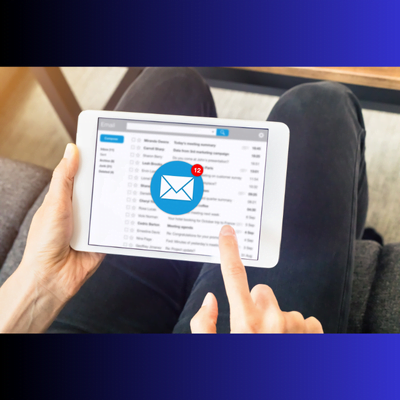Master the Art of Cold Email Outreach
Getting Your Email Deliverability On Point!

Understanding Email Deliverability
High deliverability rates can significantly boost the success of your outreach campaigns, while poor rates can render your efforts futile.
Here, we explore strategies to improve email deliverability and avoid spam filters.
Benefits of Better Email Deliverability
It’s influenced by various factors, including sender reputation, email content, and recipient engagement.
Email service providers (ESPs) use complex algorithms to assess these factors and determine the placement of your emails.

Maintain a Healthy Sender Reputation
Consistent Sending Patterns
Gradually increase your sending rate to build trust with ESPs.
Low Bounce Rates
Remove invalid addresses to avoid high bounce rates.
Engagement Metrics
Conversely, high unsubscribe rates or spam complaints can damage your reputation.
Craft Your Emails Carefully
Avoid Spammy Language
Use language that is natural and professional.
Personalise Your Emails
Use the recipient’s name and tailor the content to their interests or behavior.
Balance Text and Images
Avoid image-heavy emails, as these can be flagged by spam filters.
Get The Technical Bits Right
Use a Recognisable Sender Name and Address
Ensure your sender information is consistent and professional.
Authenticate Your Emails
- SPF: Specifies which mail servers are authorized to send emails on behalf of your domain.
- DKIM: Adds a digital signature to your emails, ensuring they haven’t been altered.
- DMARC: Tells ESPs how to handle emails that fail SPF or DKIM checks, and provides reporting on email authentication.
Monitor Your Deliverability
Use tools provided by your ESP or third-party services to track bounce rates, open rates, and spam complaints.
Analysing these metrics helps in making data-driven decisions to improve your campaigns.
Frequently Asked Questions
What are the best practices for cold email outreach?
It’s also important to follow up and track your metrics to refine your approach.
Are there any legal considerations for cold email outreach?
This includes obtaining consent where necessary and providing an easy way for recipients to opt-out.
How do you measure the success of a cold email campaign?
Analysing these metrics helps in optimising future campaigns.
What should be included in a cold email?
It’s also beneficial to include social proof or a relevant case study.
How many follow-up emails should I send?
The timing and content of these follow-ups should be strategic, ensuring they add value and remind the recipient of your initial email.
Can cold email outreach work for any industry?
The key is to understand the specific needs and pain points of your target audience and craft your emails accordingly.
Ready to Boost Your Outreach?
Achieving high email deliverability and avoiding spam filters is essential for the success of your cold email outreach efforts.
By maintaining a healthy sender reputation, using double opt-in, crafting careful content, authenticating your emails, and monitoring your metrics, you can significantly improve your chances of reaching your recipients’ inboxes.
Remember, email deliverability is not a one-time task but an ongoing process that requires constant attention and optimisation.
If you are looking for professional assistance for your cold email outreach then book a call with us today!

